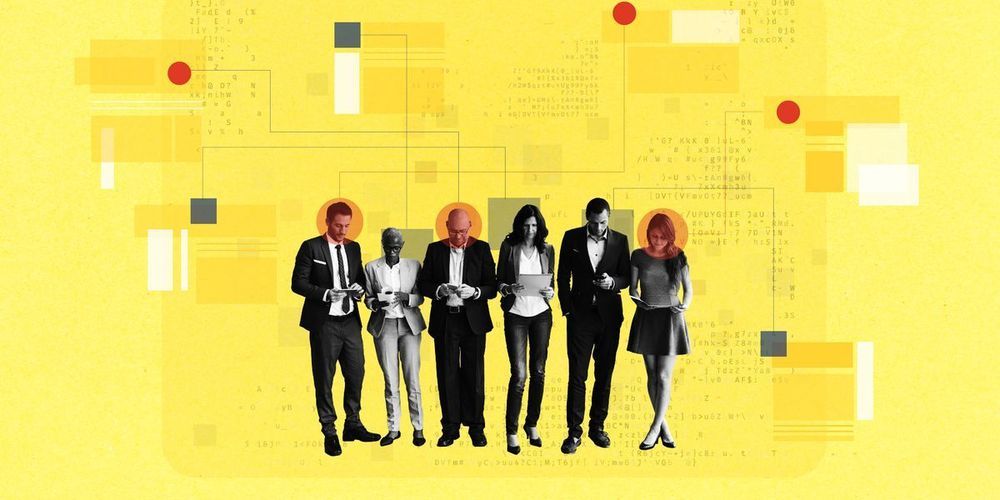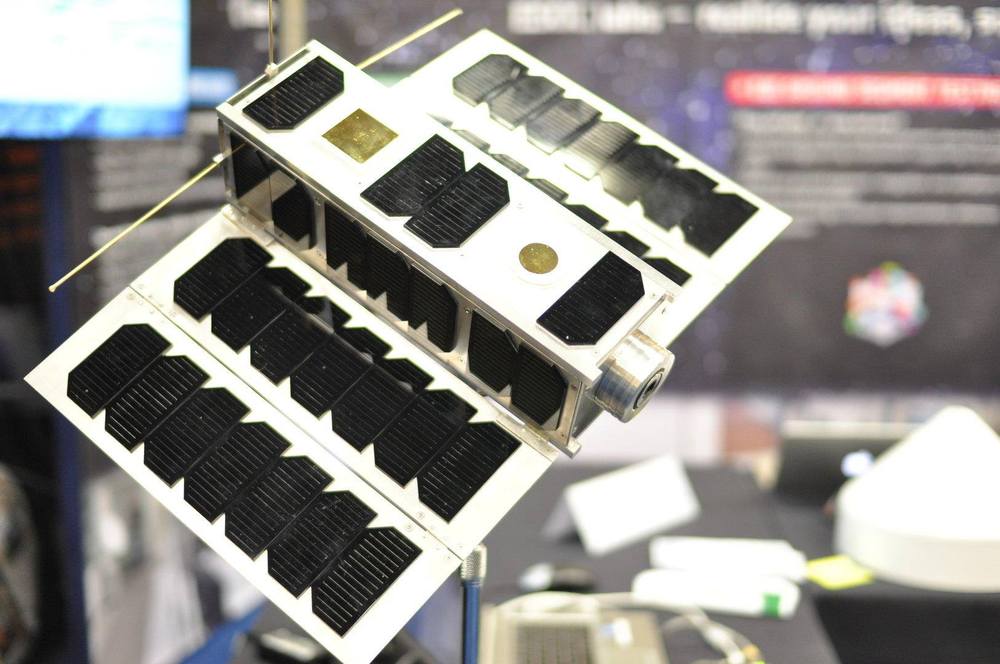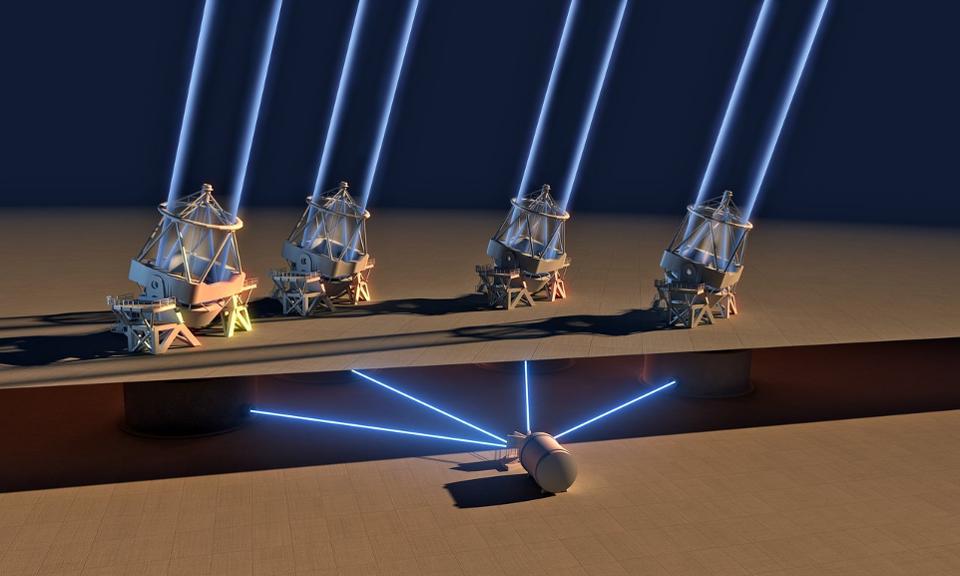Within an hour, this petition could have thousands more supporters if everyone chipped in the price of a coffee. Can you help reach this petition’s signature goal?


A growing number of users are concerned that Google has been sending outgoing text messages without notification. Why? Google says it’s for verification.


Calling all radio amateurs! We’re challenging anyone with amateur radio equipment to catch the first signals from #OPS –SAT, ESA’s brand new space software lab. On 17 December, OPS-SAT will be launched into space with ESA’s #Cheops exoplanet satellite.
Once launched, the satellite will deploy its solar panels and ultra-high frequency antenna, and then start to send signals back home. Could you be the first on Earth to catch them? ESA’s mission control team in Darmstadt are asking for your help to find the fledgling #CubeSat 👉 http://www.esa.int/Enabling_Support/Operations/Calling_radio…nd_OPS-SAT


Elon Musk has revived his idea to power the entire U.S. with one single, giant solar farm. In a recent tweet evidently directed at fellow mega-billionaire Bill Gates, Musk insinuated that his grand solar plan is actually quite simple (hat-tip to Inverse):

MENLO PARK, Calif. (KYMA, KSWT, KECY/NBC News) — In the future, California firefighters may battle blazes with all-electric engines.
On Thursday, the world’s first all-electric fire truck made a stop at a fire station in Menlo Park.
This vehicle is one of a kind. It looks, and functions, differently than any other fire truck currently on the streets. It also smells different, and Chief Harold Schapelhouman says that’s a good thing.

